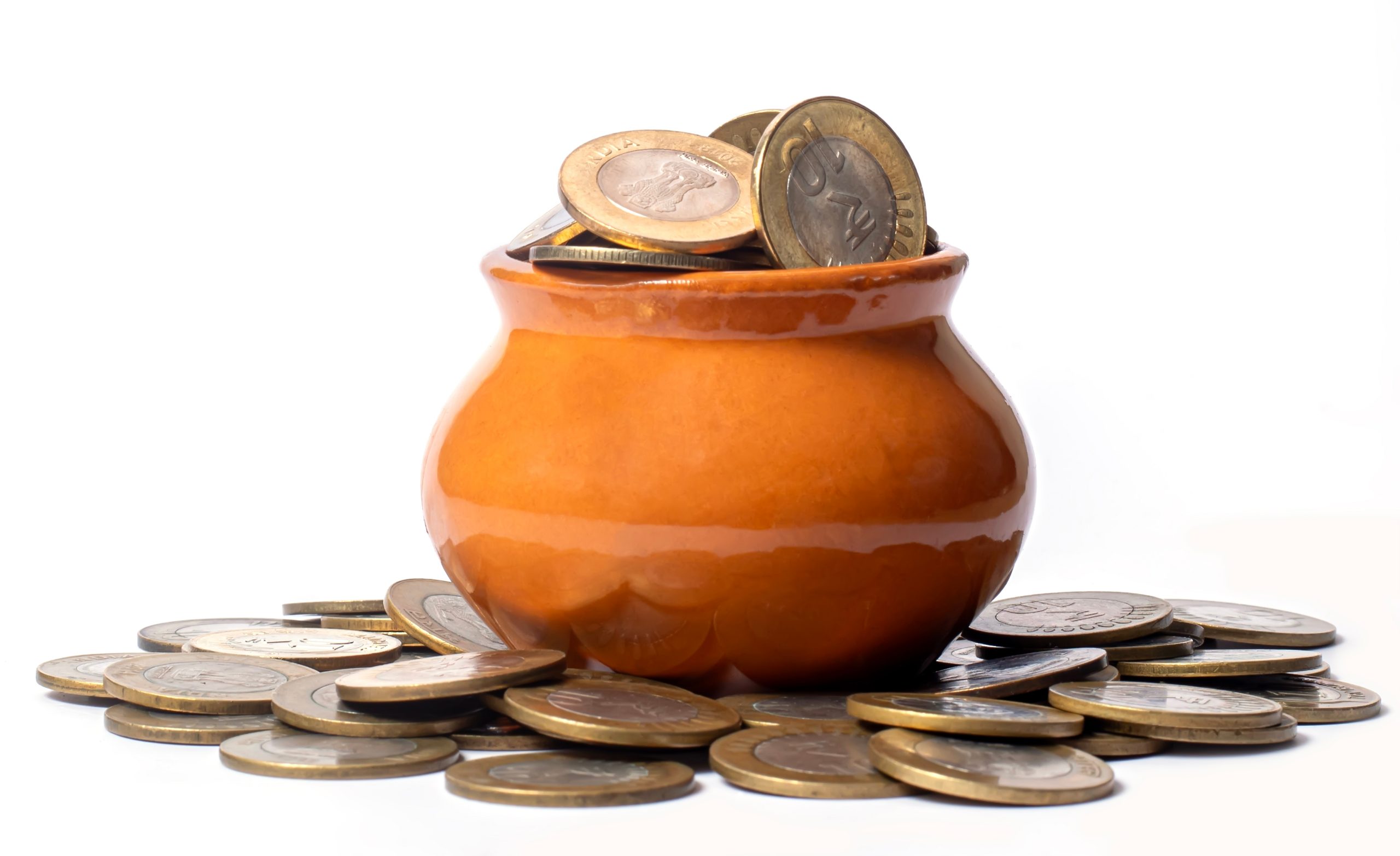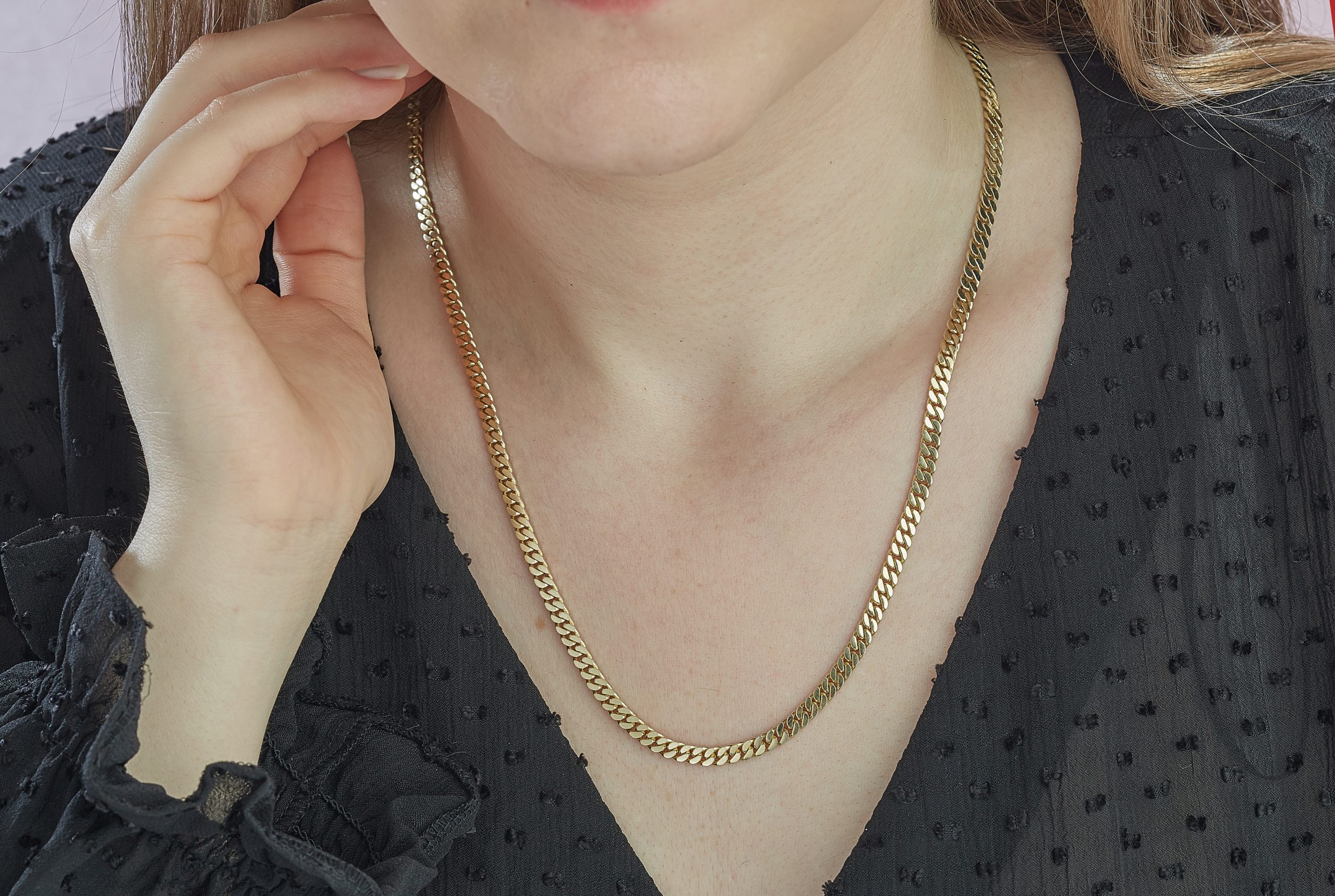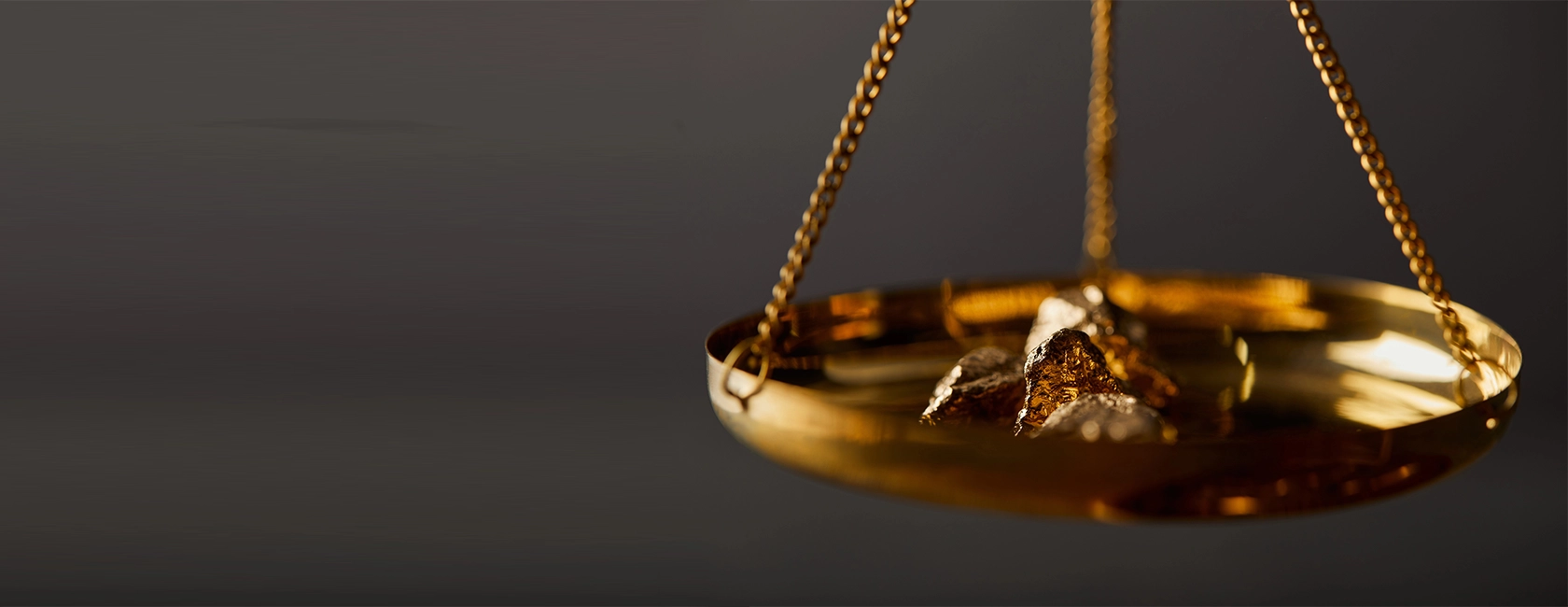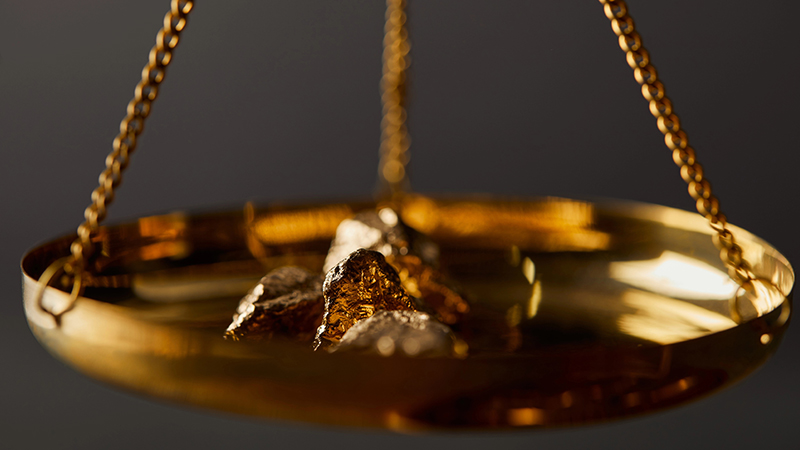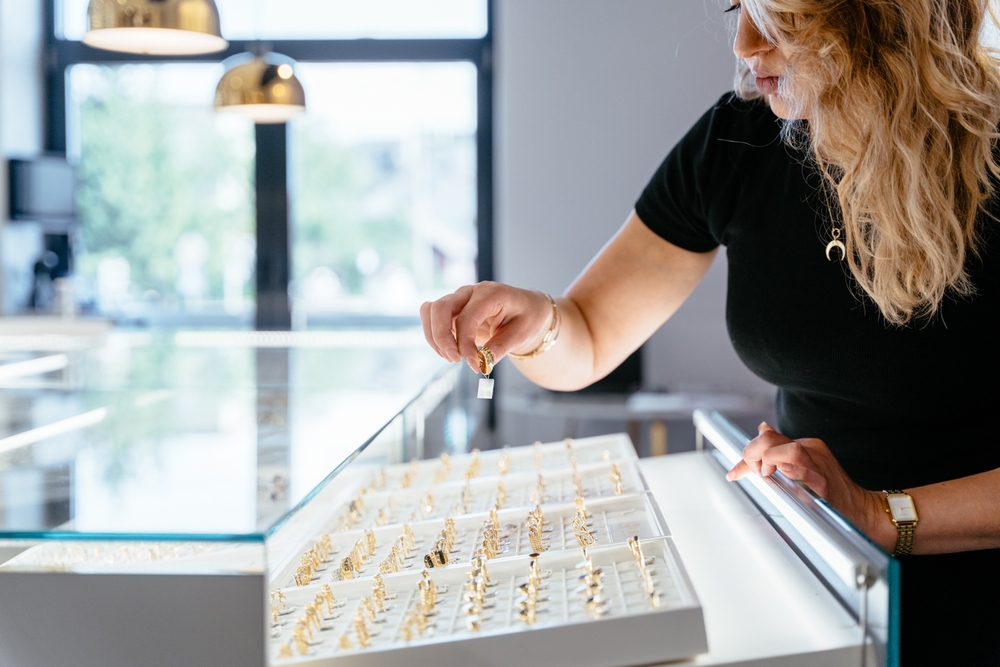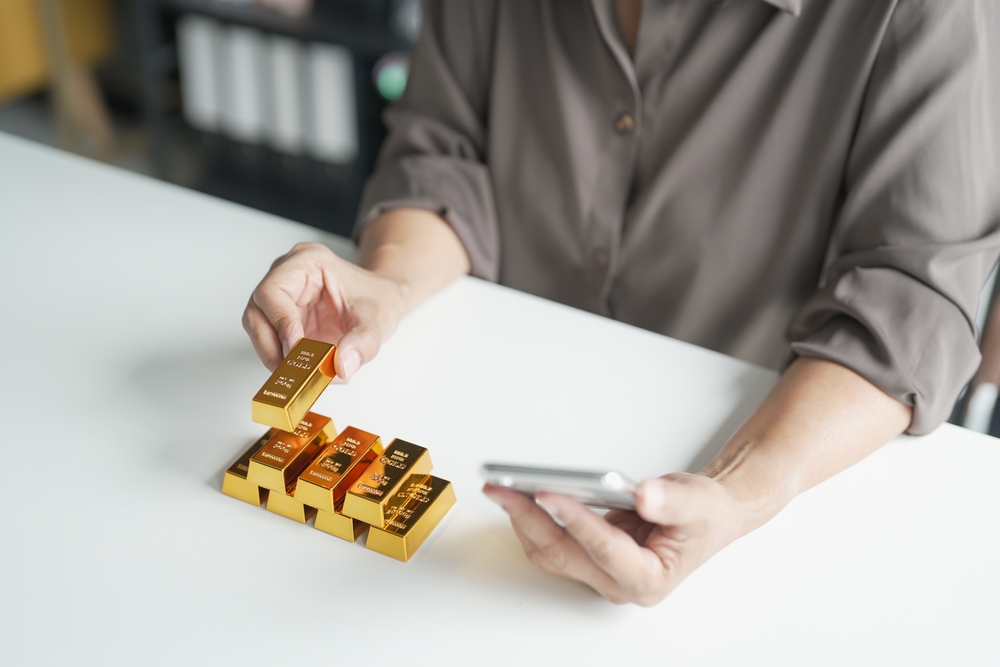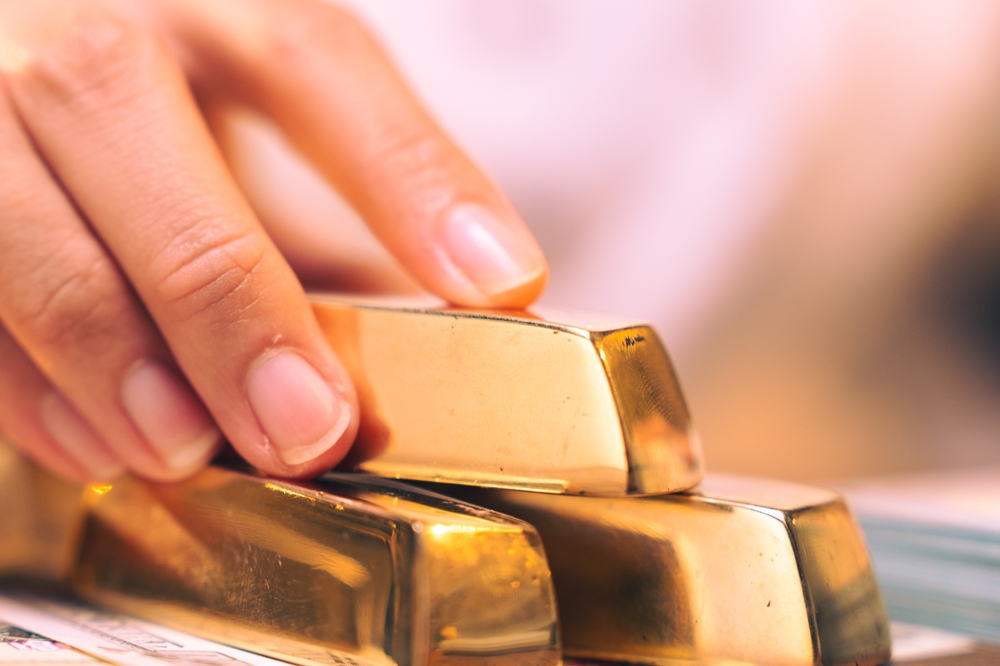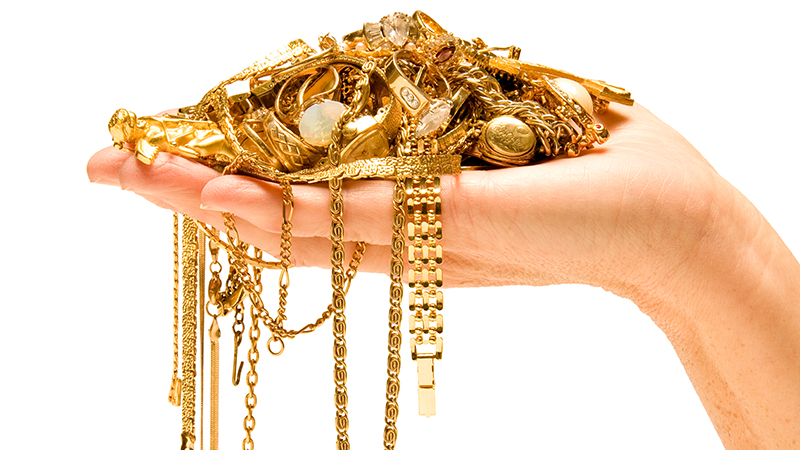Check for a Hallmark Stamp
The easiest way to begin testing your gold is to look for a hallmark. Most real gold jewelry includes a small stamp showing its karat purity, such as 10K, 14K, 18K, or 24K. Therefore, finding one of these marks is a strong indicator your item is real.
To clarify, hallmarks are usually located inside rings, near clasps on necklaces, or on the backside of pendants. However, some older or worn-down items may have faded stamps. In such cases, further testing becomes necessary. Above all, never rely on a hallmark alone without additional checks.
Try the Magnet Test
Real gold is not magnetic. That is to say, if your jewelry gets pulled toward a strong magnet, it likely contains metals other than gold. Consequently, this simple test can reveal whether a piece is likely fake or gold-plated.
Use a strong fridge magnet or neodymium magnet for better results. For example, gently hold the magnet near your gold and watch its reaction. In addition, even if it doesn’t stick, that doesn’t guarantee it’s real. So, use this test alongside others for a better conclusion.
Perform a Float Test in Water
Gold is dense and heavy, so it should sink immediately in water. To try this, fill a cup with water and drop your gold item in. If it floats, it’s likely not real gold. Therefore, this is another simple way to verify authenticity at home.
Meanwhile, gold-plated or hollow items may behave differently. In other words, they could float or fall slowly due to lower density. This test is not perfect, but it can point you in the right direction. Most importantly, combine float testing with other checks for better confidence.
Use a Ceramic Plate Scratch Test
Rubbing your gold on an unglazed ceramic plate can help determine if it’s genuine. Real gold leaves a gold streak, while fake gold may leave a black or green mark. As a result, this test offers a quick visual clue about authenticity.
To clarify, make sure the plate is truly unglazed and clean. Lightly scratch the item on the surface to see the result. However, use caution—this test may scratch your jewelry. Therefore, it’s best suited for small, already damaged pieces.
Have It Professionally Tested
If you want certainty, bring your gold to a certified buyer or jeweler for a professional test. That is to say, experts use acid tests, electronic machines, and X-ray analyzers to determine exact karat and purity.
Most importantly, reputable buyers will explain the process while you watch. Therefore, you not only get accurate results, but also peace of mind. In addition, these evaluations are often free and can help you understand the true market value of your item.
FAQs
Is gold-plated jewelry real gold?
Gold-plated jewelry contains a thin layer of gold over another metal. It is not considered real gold for resale purposes.
Can I use vinegar to test gold?
Yes, but it’s not recommended. Vinegar can damage some jewelry. It may react with fake metals, but won’t provide a clear result.
What does a hallmark like 750 mean?
750 indicates 18-karat gold. It means the item is 75% pure gold.
Why doesn’t my gold have a stamp?
Older, handmade, or worn pieces might not show a hallmark. Testing is still possible without one.
Should I test gold before selling it?
Absolutely. Knowing the authenticity and karat level ensures you get a fair payout.

